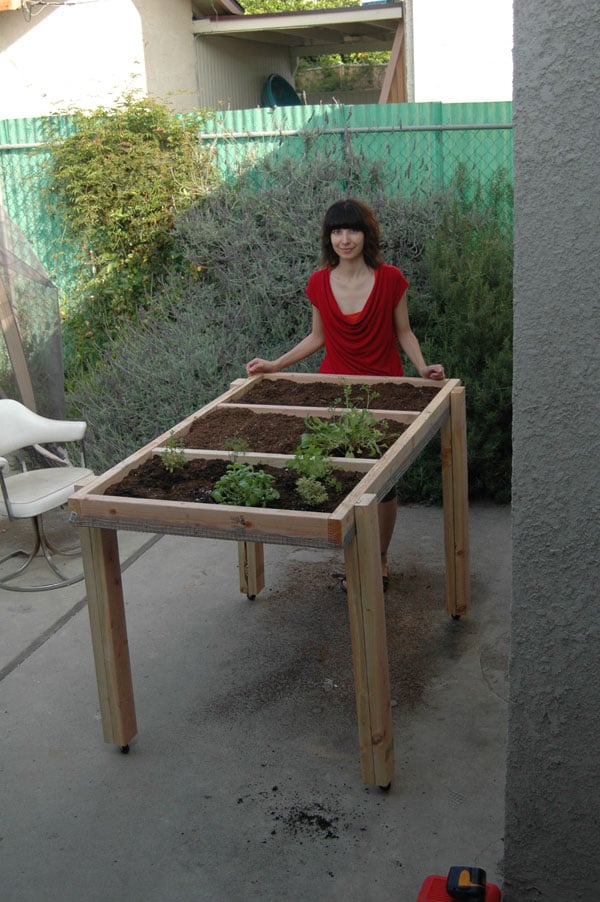Outdoor and Environmental Education → Outreach → Creating an Edible Garden → Benefits and Challenges
Benefits and Challenges
Benefits of Container Gardens
The perfect solution for students and teachers interested in integrating gardening into instruction because container gardens—
- can be used when space is limited;
- can be placed to take advantage of sunny places that aren't suitable for raised beds or in-ground gardens;
- are suitable for almost any vegetable, herb, or annual flower;
- are ideal for Spring and Fall planting when school is in session;
- need little or no weeding;
- are portable and can be removed or re-purposed if the school/teacher/parent wishes to discontinue their use;
- can be easy for beginner gardeners; and
- can be used incrementally—schools can decide to start small and add containers as space, interest, and budgets permit.
Challenges of Container Gardens
Keep in mind container gardens require—
- sufficient and consistent watering too much will damage the plants and too little can kill them;
- 4-6 hours of direct sun for Spring/Fall season vegetables and 6-8 hours of sun for summer vegetables;
- correct growing medium—a good quality soilless* mixture and compost (not soil dug from nearby ground); and
- moving—you may need to be able to move your container garden: It may be heavy and difficult to move when filled with growing medium.

